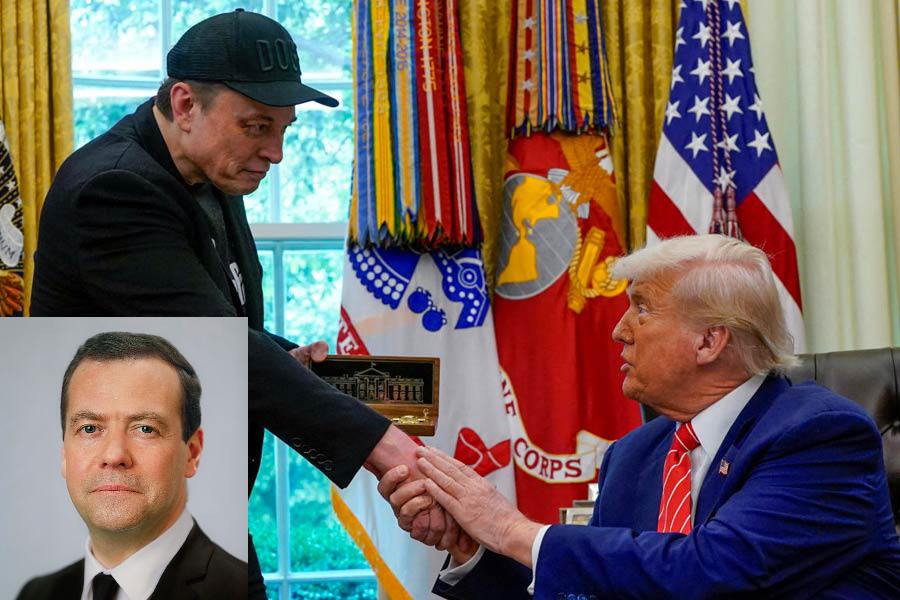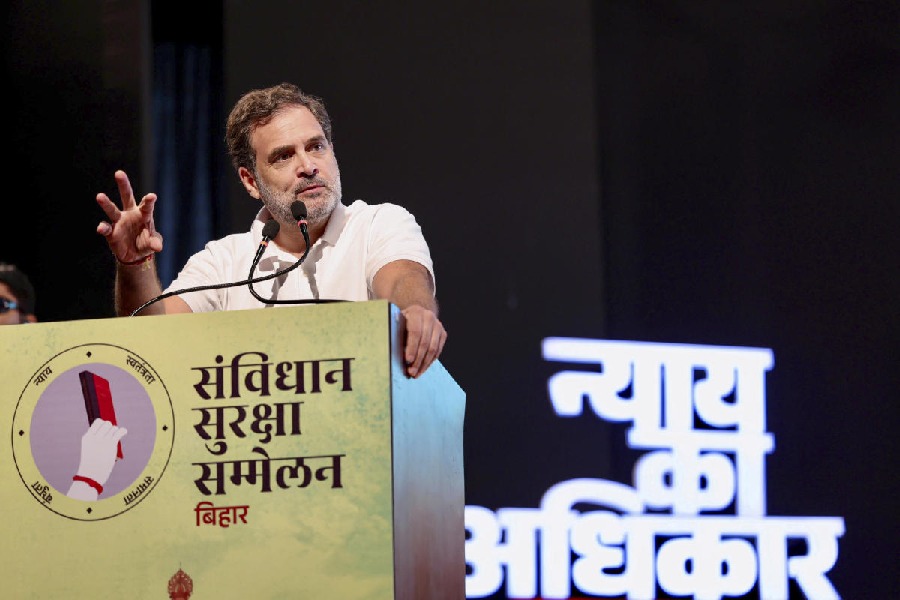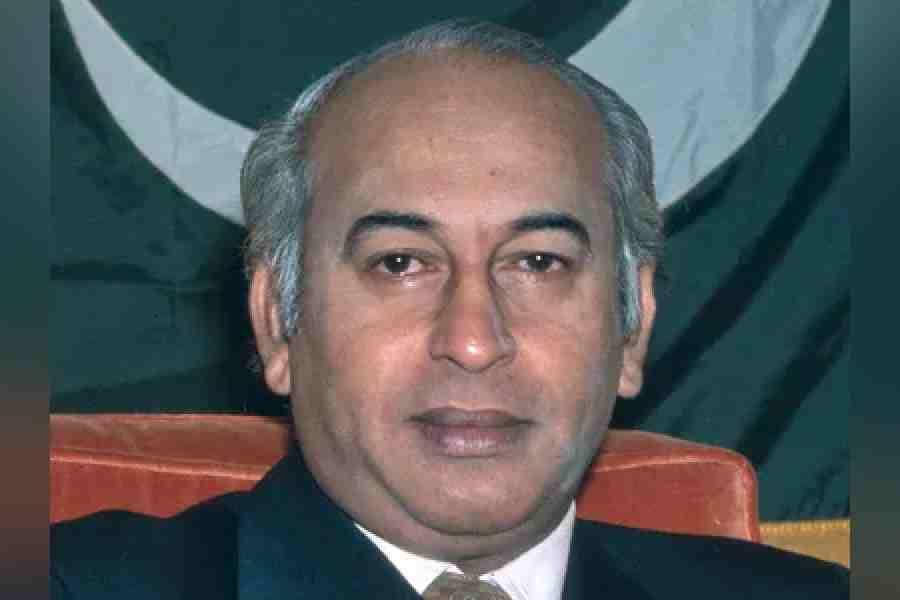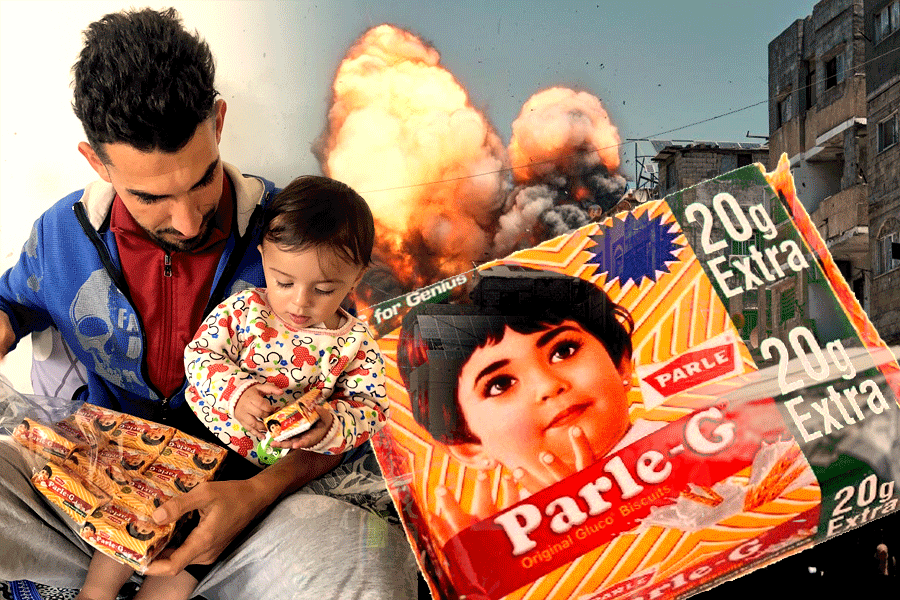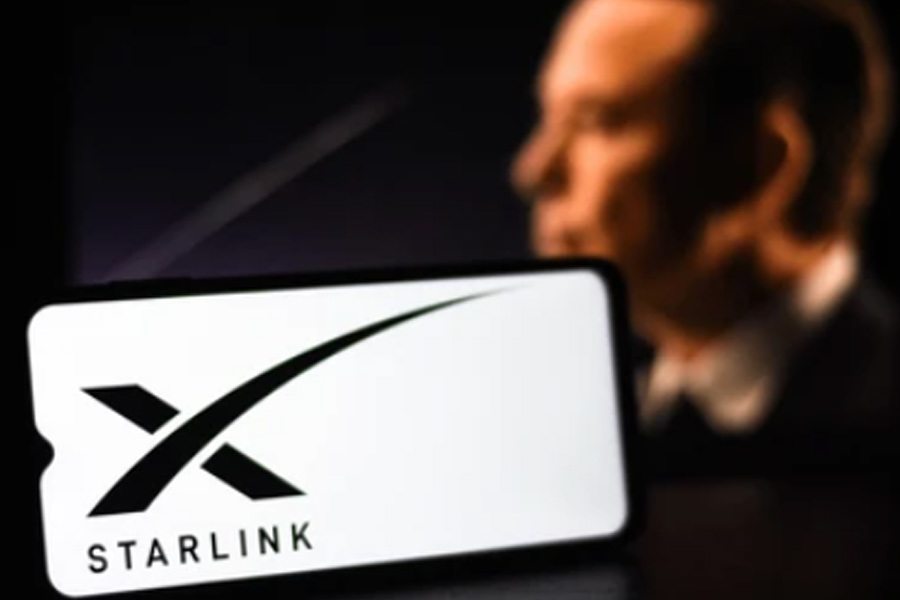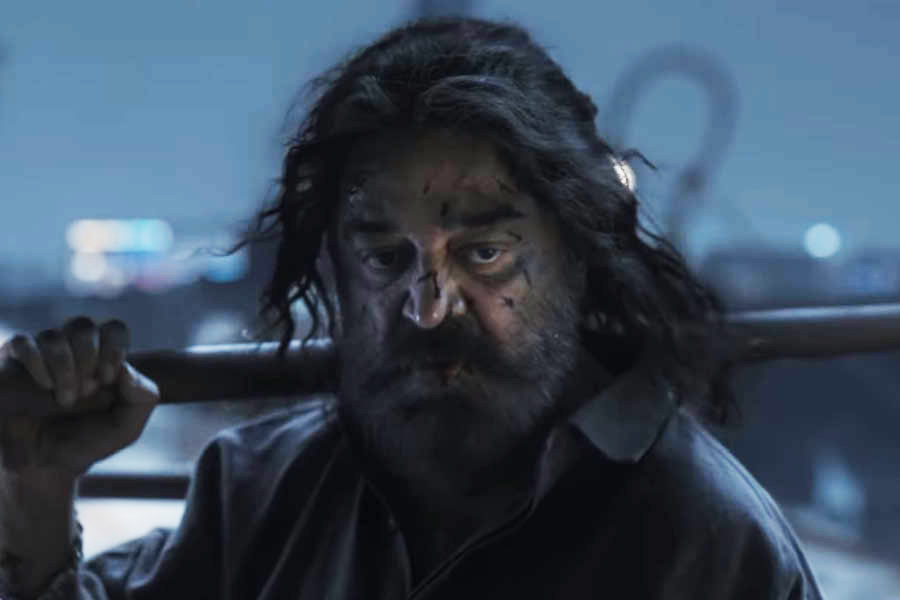 |
Somewhere in the second half of Gulaal, Kay Kay Menon’s Dukey Bana, a Rajasthan feudal lord on the threshold of spearheading a Rajputana movement against the Indian government, turns around in sudden anger and guns down his mentally challenged elder brother’s playmate. No words are spoken, not a scream escapes from anyone’s mouth, but the horror is stark. Dark, brooding and relentless, Gulaal is a saga of love and betrayal, anger and revenge, and finally revolution. Following a multidimensional narrative that relies less on the spoken word and more on visuals and metaphor, Gulaal is a complex, intense tale that grabs the viewer from the first scene and holds him there till the curtains come down 150 minutes later.
Director Anurag Kashyap adds multiple layers to what appears a tale of college ragging and campus politics on the surface, bringing to Gulaal the look and feel of a Shakespearean tragedy, with romance, deception and retribution as the key plot points. Co-writer Raj Singh Chaudhry slips into the role of Dilip Singh, a nervous nerd with not a single brave bone in his body, who comes to the fictional city of Rajpur to study law. But Dilip becomes a victim of brutal ragging and finds himself drawn into the world of violence and gore by his roommate Ransa (Abhimanyu Singh). When Ransa — who is of royal lineage — is kidnapped and killed by his illegitimate half-brother (played by Aditya Srivastav), Dilip finds himself thrust into the limelight. Forced to contest the university elections by Kay Kay’s Dukey Bana, Dilip wins, but finds himself being taken on a ride where treachery and murder are just a part of the game.
 |
Gulaal uses fiery dialogues that enthrall one minute and make you cringe the next. But it is the symbolism that arrests much more attention. The predilection for predominantly pink, orange and red frames ( cinematography by Rajeev Ravi) further accentuate the Gulaal motif, contributing to the compelling narrative.
Gulaal also proves again that a good film doesn’t need stars. Even though the characters are simply thrust in our faces without any preamble, the performances more than make up for it. As the ruthless political leader with more designs on his mind than his seemingly innocent face chooses to reveal, Kay Kay Menon turns in an award-worthy performance, keeping the viewer hooked every time he appears on screen. Abhimanyu Singh impacts with a short but significant role. When his Ransa tells Raj Singh’s Dilip: “Tera bhai paidaishi ullu ka pattha hai ya usne course kiya hai?” his straight face is spot-on. Raj Singh, bland though he is, ends up being a perfect fit for the role of Dilip Singh, but debutante Ayesha Mohan (who plays the Lady Macbeth-like Kiran) is an actor to watch out for. In her two songs and four scenes, Dev D leading lady Mahie Gill leaves an impression. But the one actor who stays with you long after Gulaal ends? Music director Piyush Mishra as the mentally-challenged Prithvi Singh. As almost a sutradhar whose songs take forward the action much more seamlessly than the dialogues, Mishra, who sings them on screen, enthralls with renditions that are partly philosophical, partly mad. Sample this: Ranaji maare aise gurraye, aiso tharraye, bhar aaye maare nain, jaise sare aam bai, jaise sare aam Iraq mein jaake jam gaye Uncle Sam. This is meant to be a mujra sung in a kotha!
Gulaal has a beer bar with Che Guevara and Jim Morrison on the walls in the middle of the Rajasthan desert and John Lennon’s portrait with a teeka and a garland around it in a 16th century fort! It happens only in an Anurag Kashyap film. But if it’s a film like Gulaal, it’s more than welcome.


